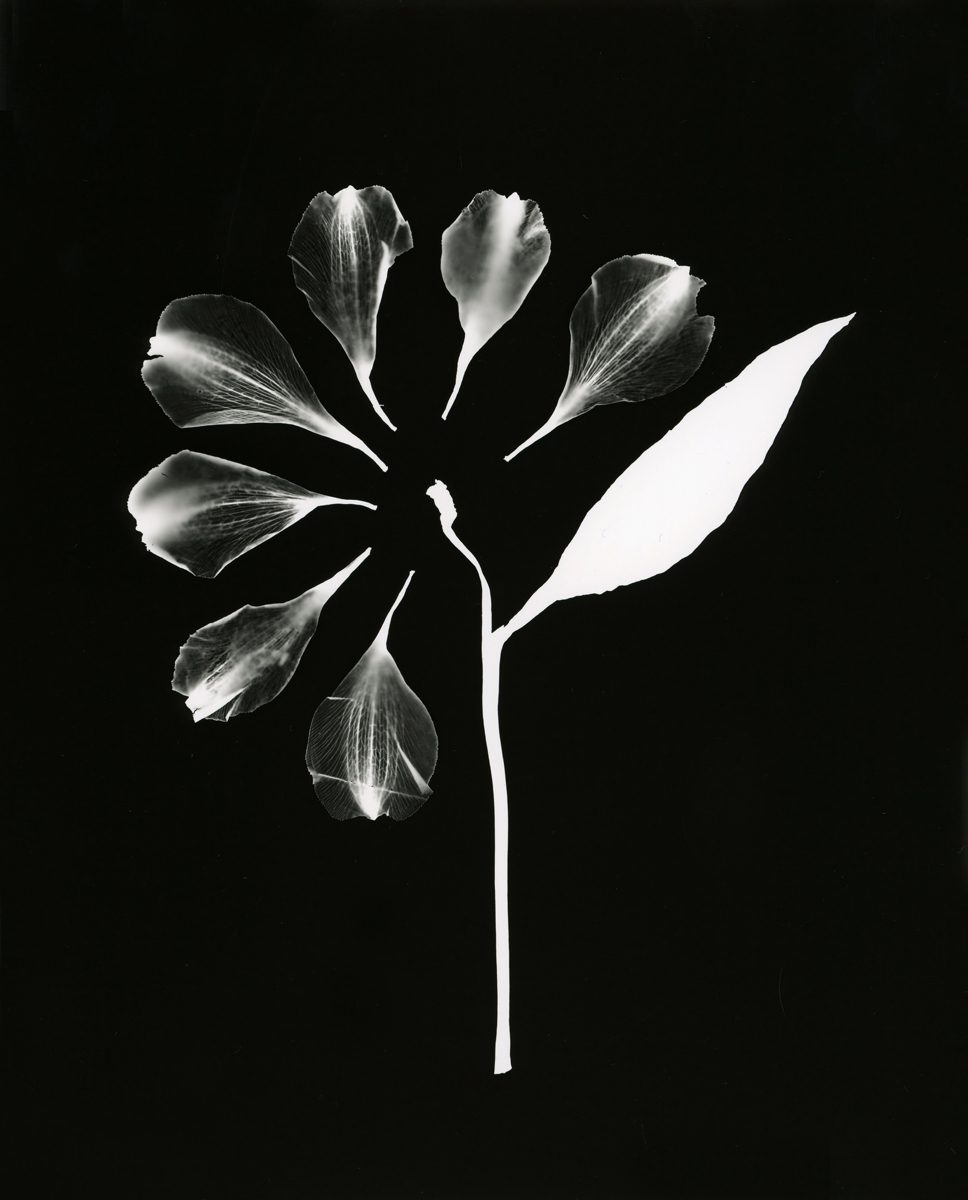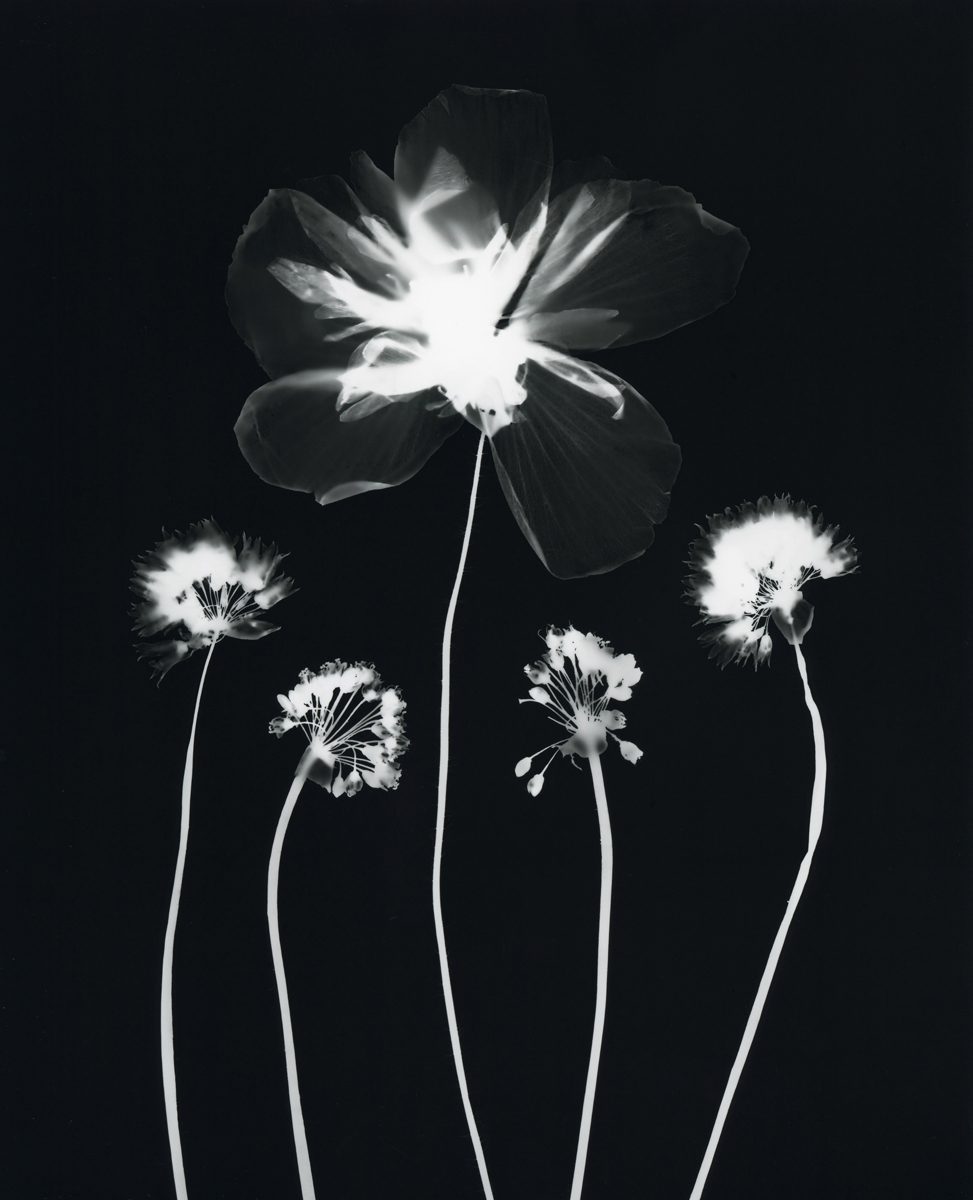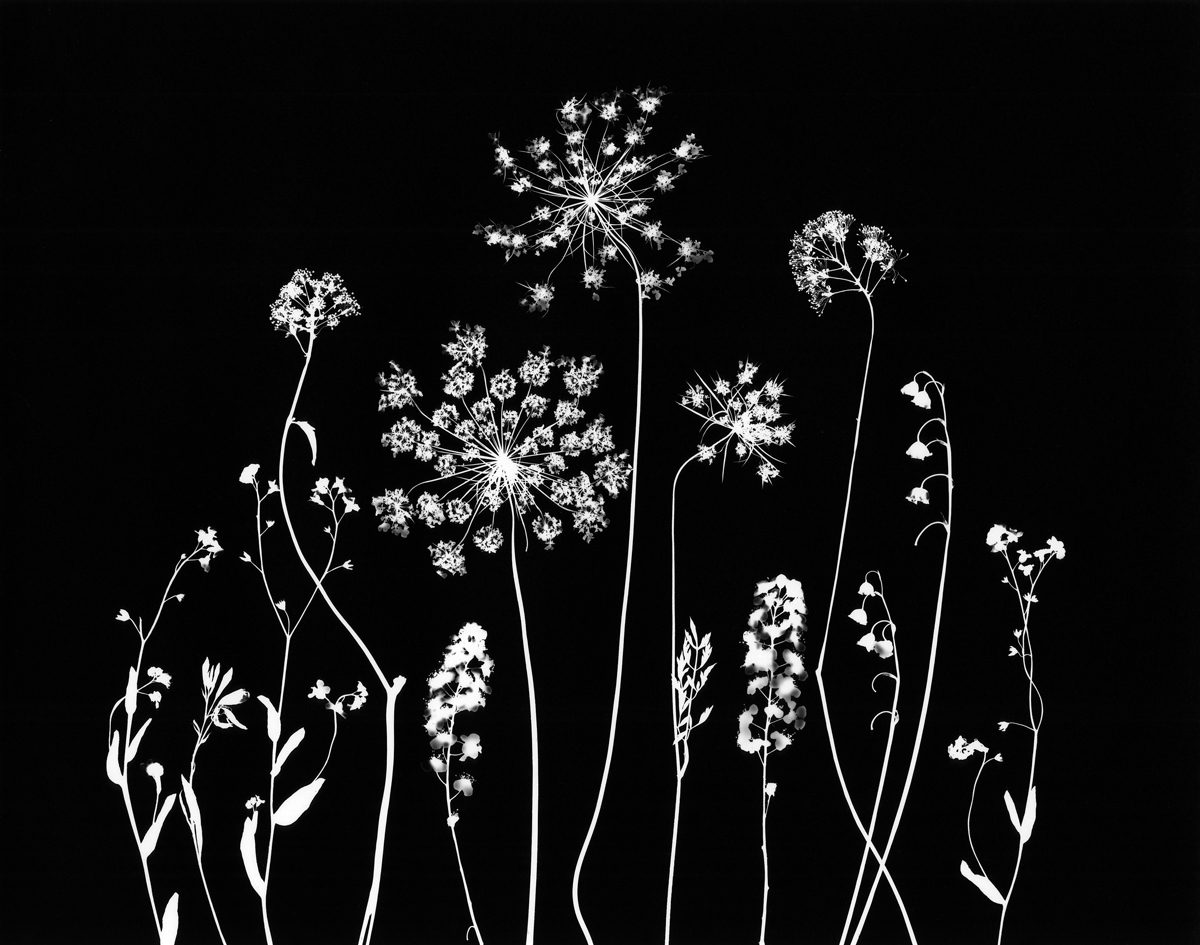Plants As a Negative Posted On 20th August 2024 To Magazine & Stories

I Instantly Fell In Love
My photography journey began while I was studying graphic design. My course tutor handed me a camera & a roll of ILFORD HP5+, and sent me out, with no real brief, to ‘take some pictures’. Armed with a macro lens I roamed around the cities’ botanical gardens and became lost in a close-up world of symmetrical patterns, found in the plant life. When I returned, with my roll of film, to the photography department darkroom, I instantly fell in love with the process and the results. That first experience of the dim lit room, the smell of the chemicals and the magic of the reveal, stayed with me and I developed a love of the medium, and of recording the world around me. I went on to attend the London College of Arts, majoring in photographic studies, and spent many, many hours in the darkroom.
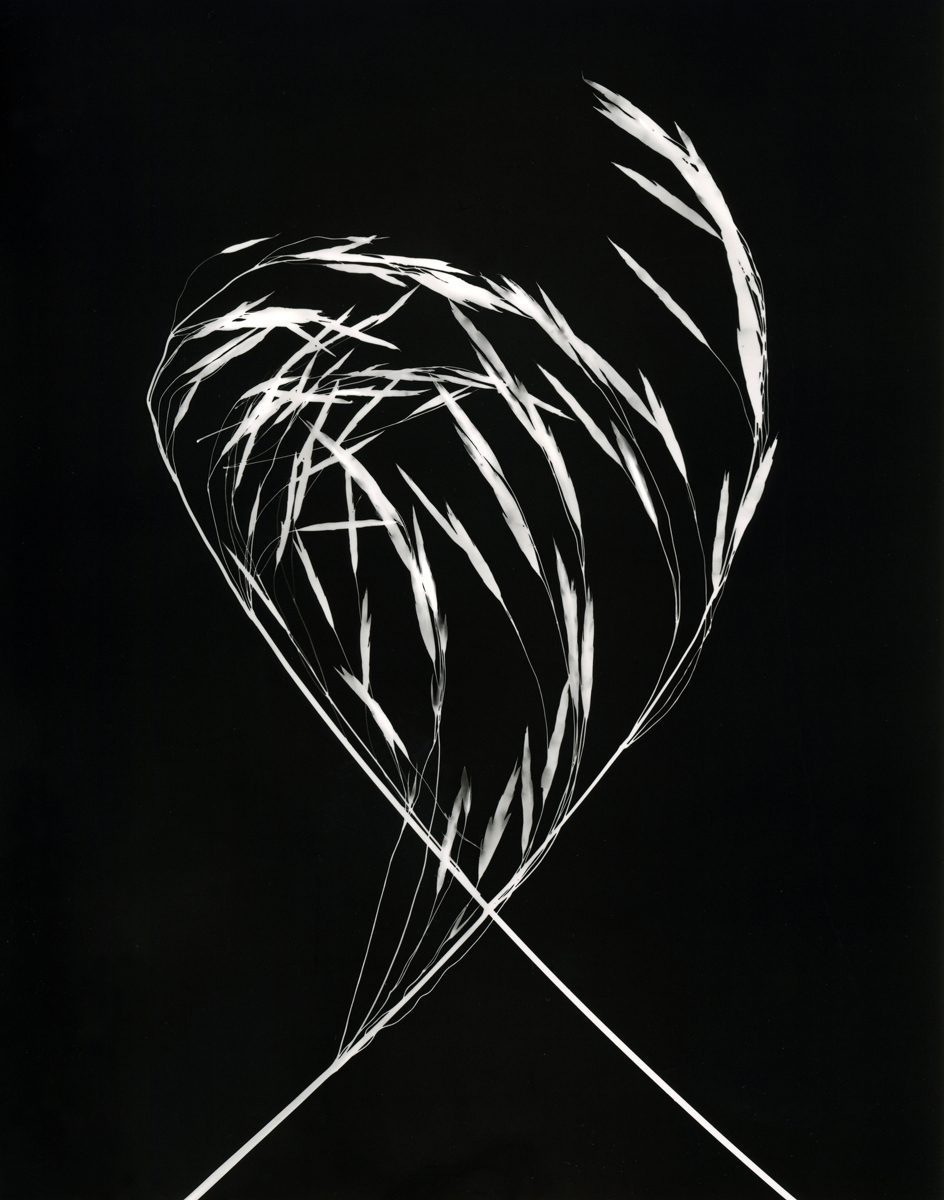
I Never Forgot
In my working career that followed, I embraced the new digital era and left analogue behind, but I never forgot the magical feeling of watching prints develop. I freelanced as a commercial photographer for many years in London, before moving to Devon, raising a family, and working alongside my husband in our brand design studio.
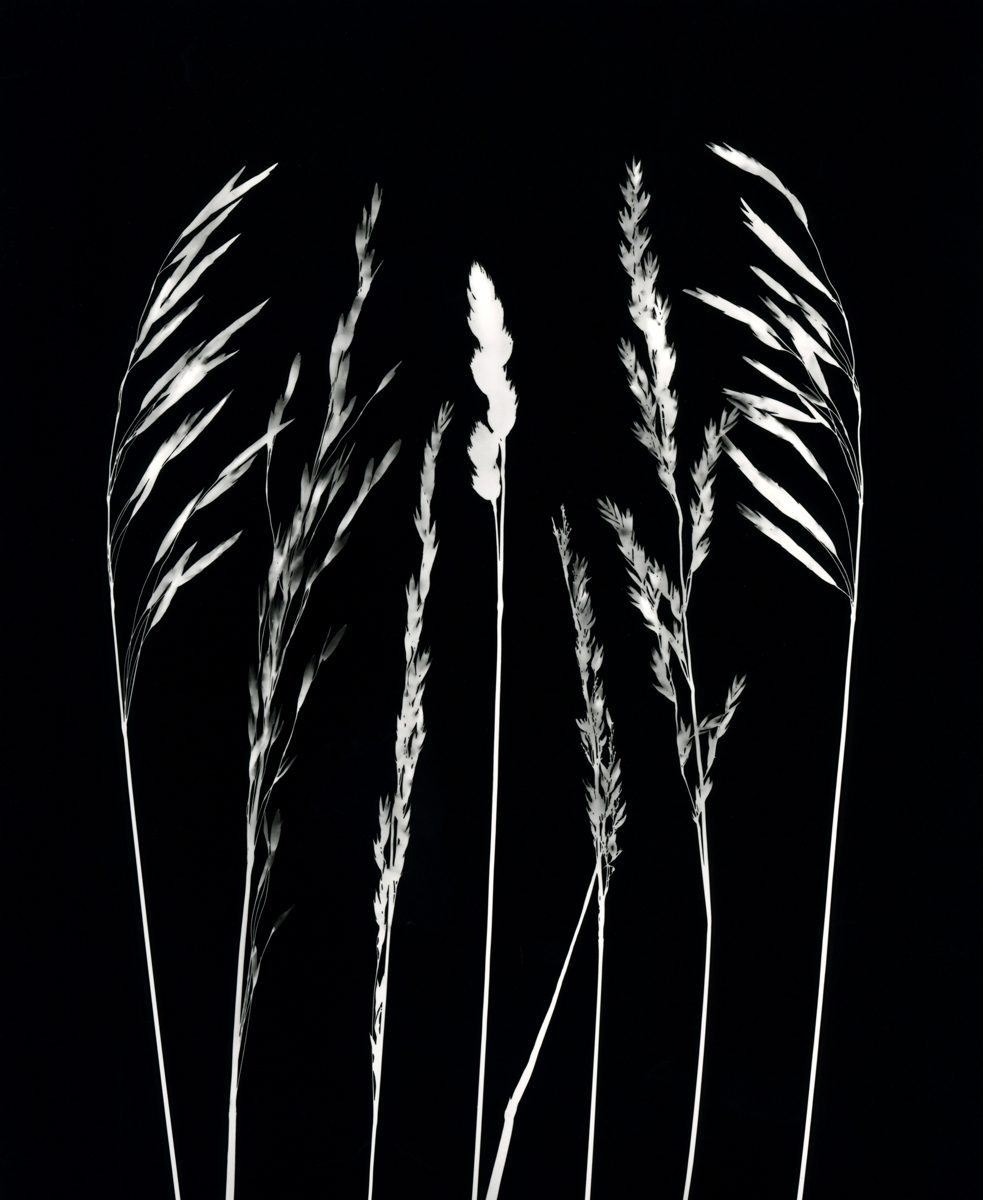
I Decided To Invest In One Of My Own
Recent years, following a life changing move to Canada, have allowed me the opportunity to revisit my love of manual processes. During the pandemic, I spent time photographing my family, on our large rural property, and became almost obsessed with capturing something meaningful every day, recording even the most mundane aspects of our lockdown life. It was during this time that I was drawn to return to a much slower pace of working and what I ultimately wanted, to get back to the darkroom. Living in a rural community, a long commute to the city, there was no easy access to a public dark room space. So, I decided to invest in one of my own.
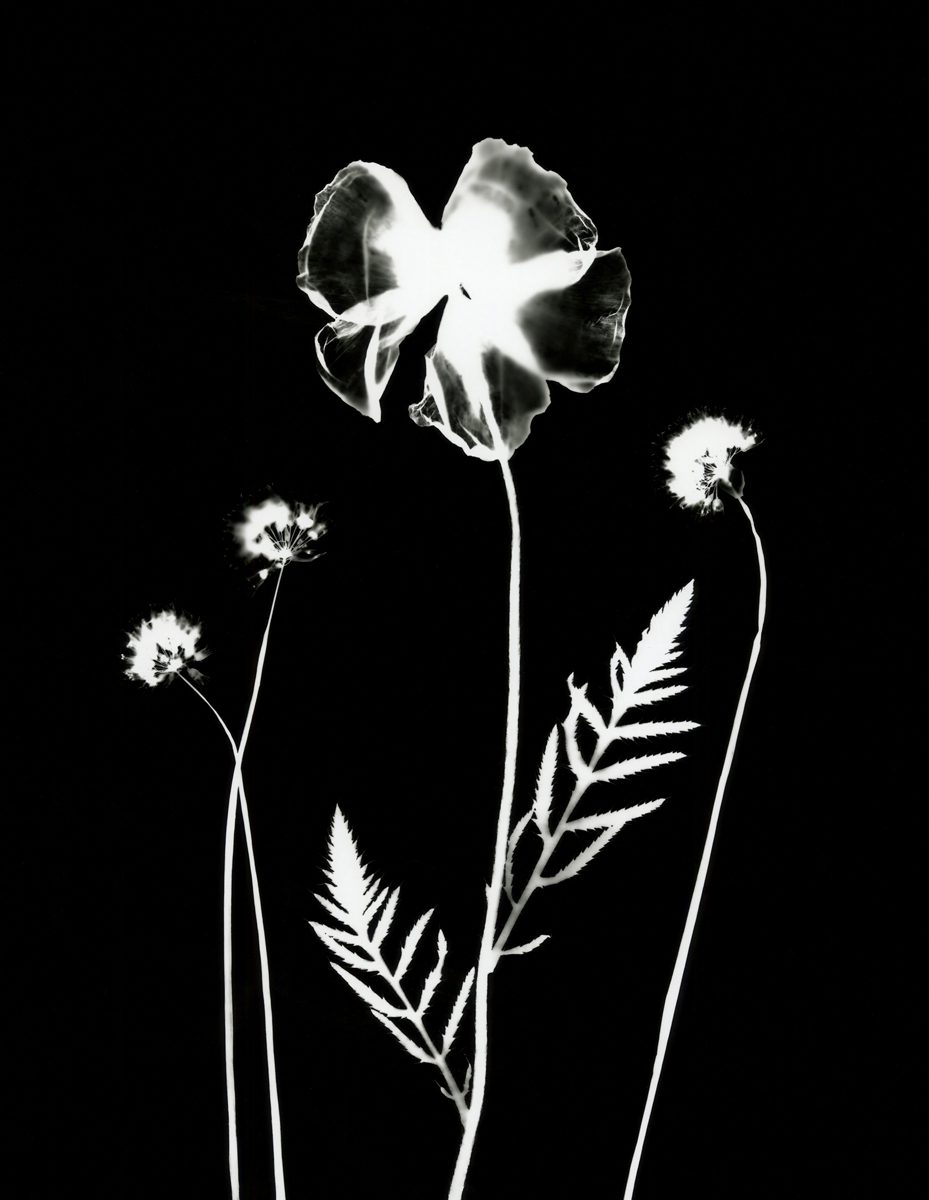
I Immersed Myself
Sourcing the enlarger and equipment was straightforward. As a ‘dying art’ there was a surplus available on the second-hand market. I purchased the equipment from a decommissioned college photography program, but found that the papers & chemicals, in Canada at least, were not so readily available. Only a few local suppliers carried my trusted ILFORD brand. However, once I found a reliable source, I was delighted to find that the printing skills I had learned so long ago, came back easily. I immersed myself fully in my new darkroom.
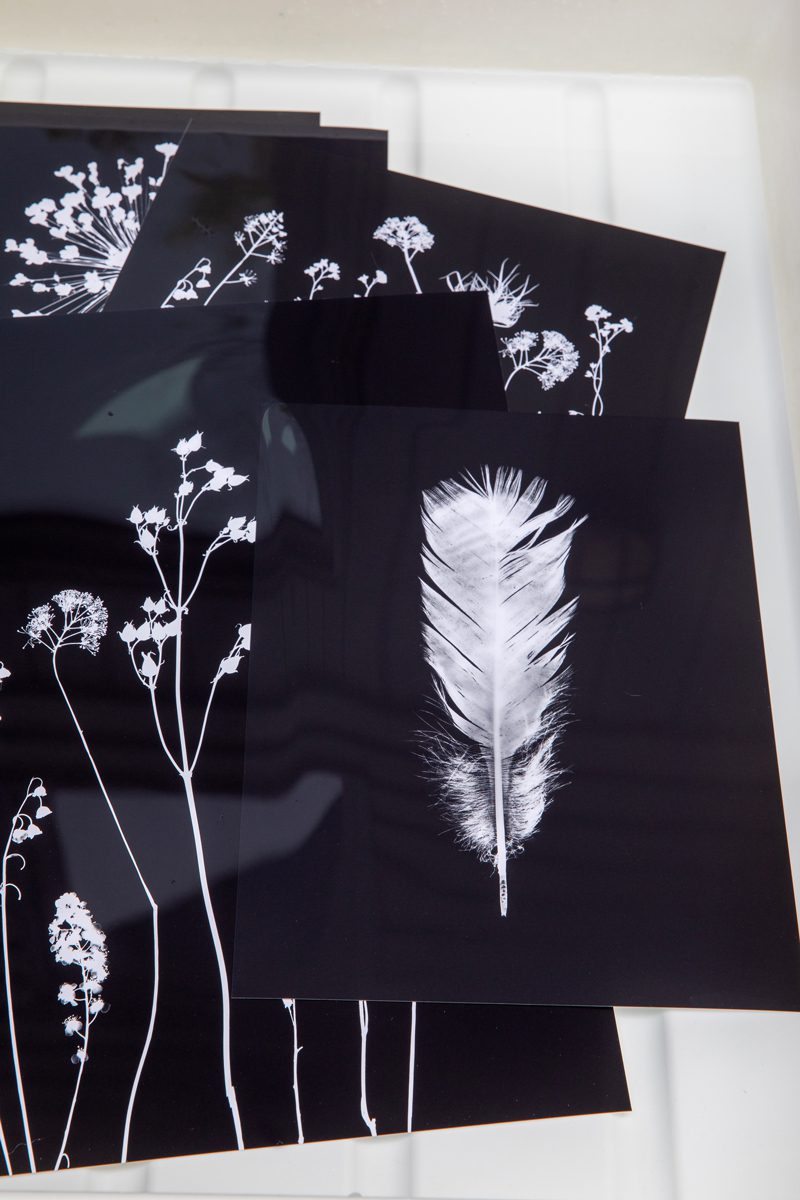
It's True Form
I shot and developed a few rolls of film, roaming my property and the nearby trails, focusing on the same details in nature that I had discovered so long ago. Very quickly though, I removed the camera from my work all together, and instead started working directly with the subject matter, wild, often dried out, botanical's that I had gathered and collected on my walks. I wanted to strip everything back to the pure essence of the plants and started to create images in the darkroom using camera less photography techniques. By placing foraged botanical's directly on the light sensitive paper and exposing them, I was able to capture the plant in it's true form. It was so very simple, but in its simplicity – the results were really quite beautiful!
Each Print Is Unique
I loved the idea that unlike traditional photography, working with a negative, be that digital or analogue, where endless copies can be produced. camera less photography is without a direct means of reproduction. Each print is unique. I loved this concept. In a world of such easy reproduction, I was creating something truly one of a kind.
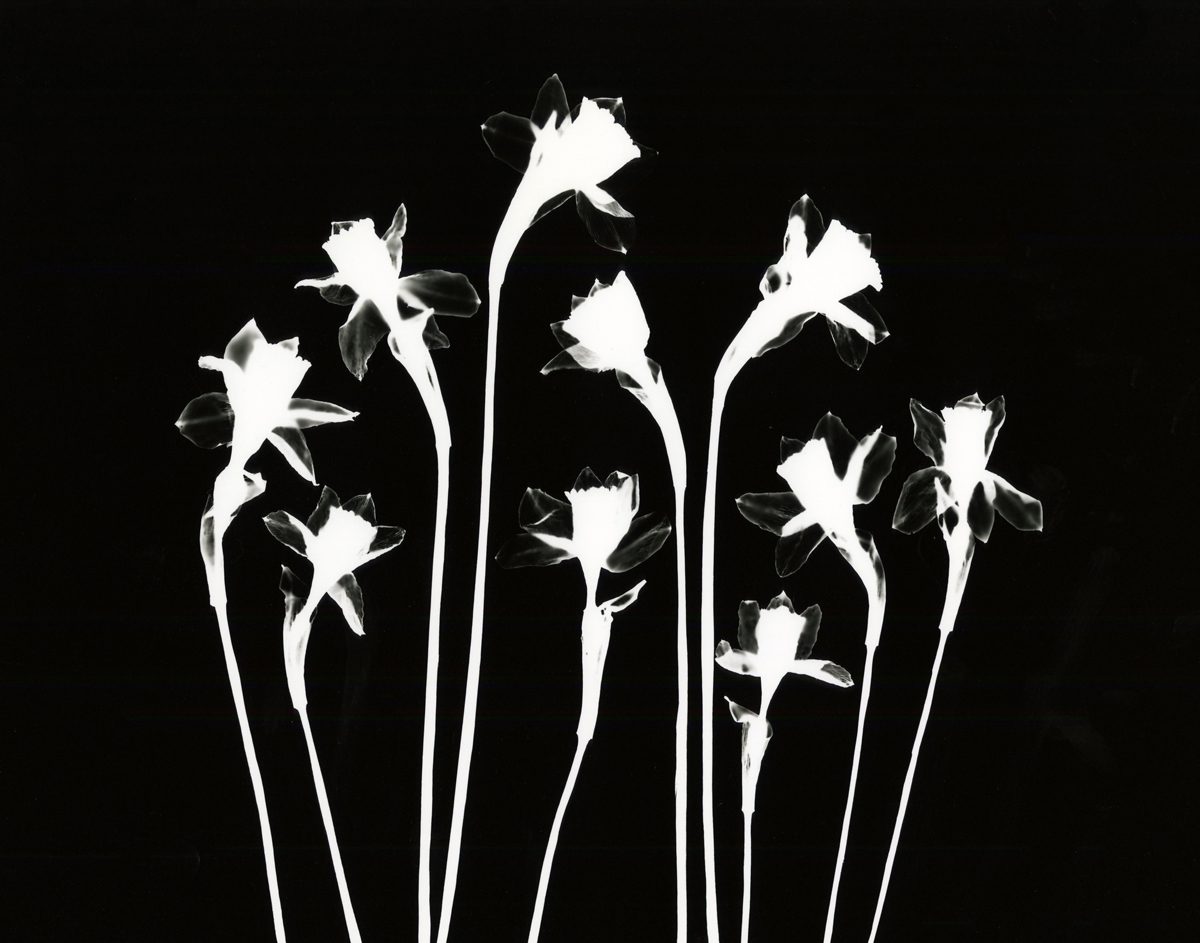
My Absolute Favourite Papers
There followed a period of experimentation with alternative, camera less processes, resulting in my photogram prints. I experimented with different papers and surfaces and was even gifted out of date materials from a local photographer. My absolute favourite papers, although perhaps more challenging to work with, are the ILFORD Fibre based range, which just blow me away with the tonal range and detail I can achieve.
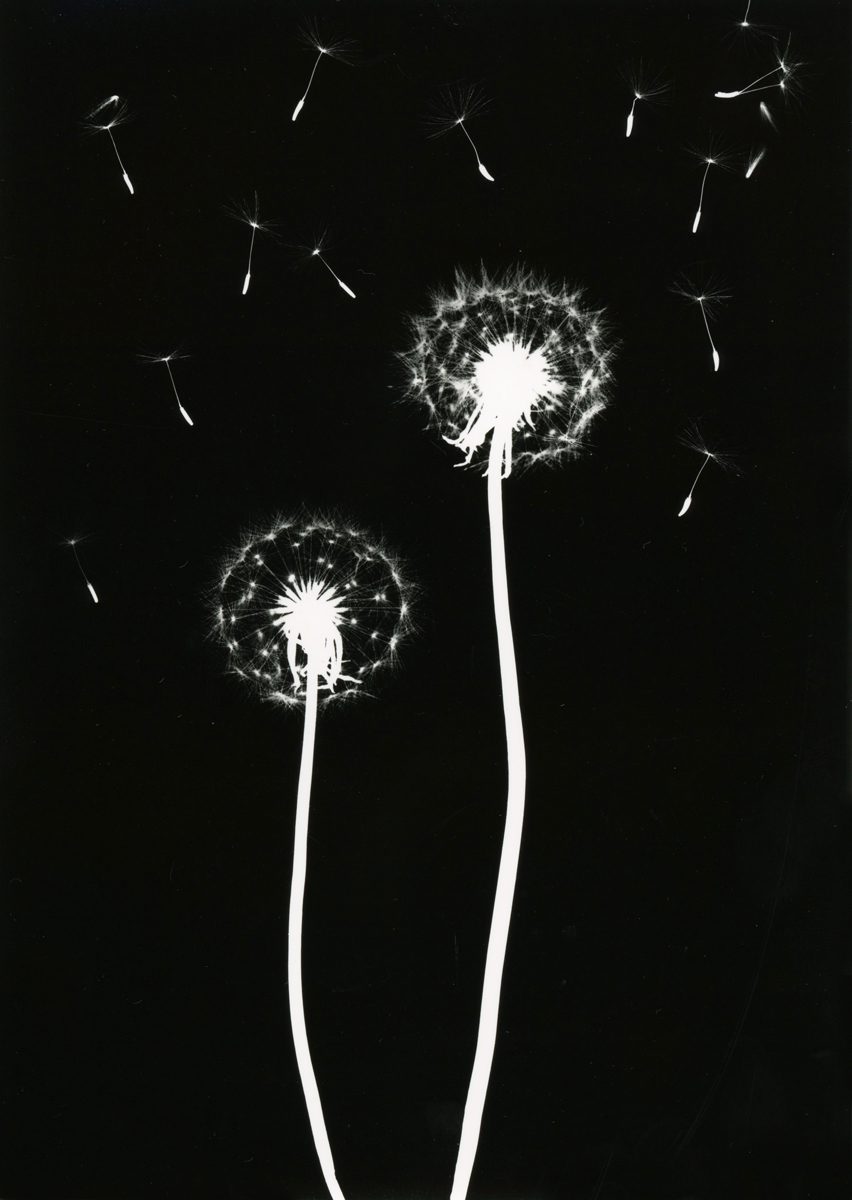
Evolving
My camera less work has now evolved to include cyanotype contact printing, following in the historical footsteps of the photographer and botanist, Anna Atkins. This allows me to work both in the natural UV light of the sun and in the dim red-light of the darkroom, using botanical's as my inspiration for both. I’m also beginning to work with the plant as a negative – a current work in progress that allows me to play with the scale and depth of field of the image.
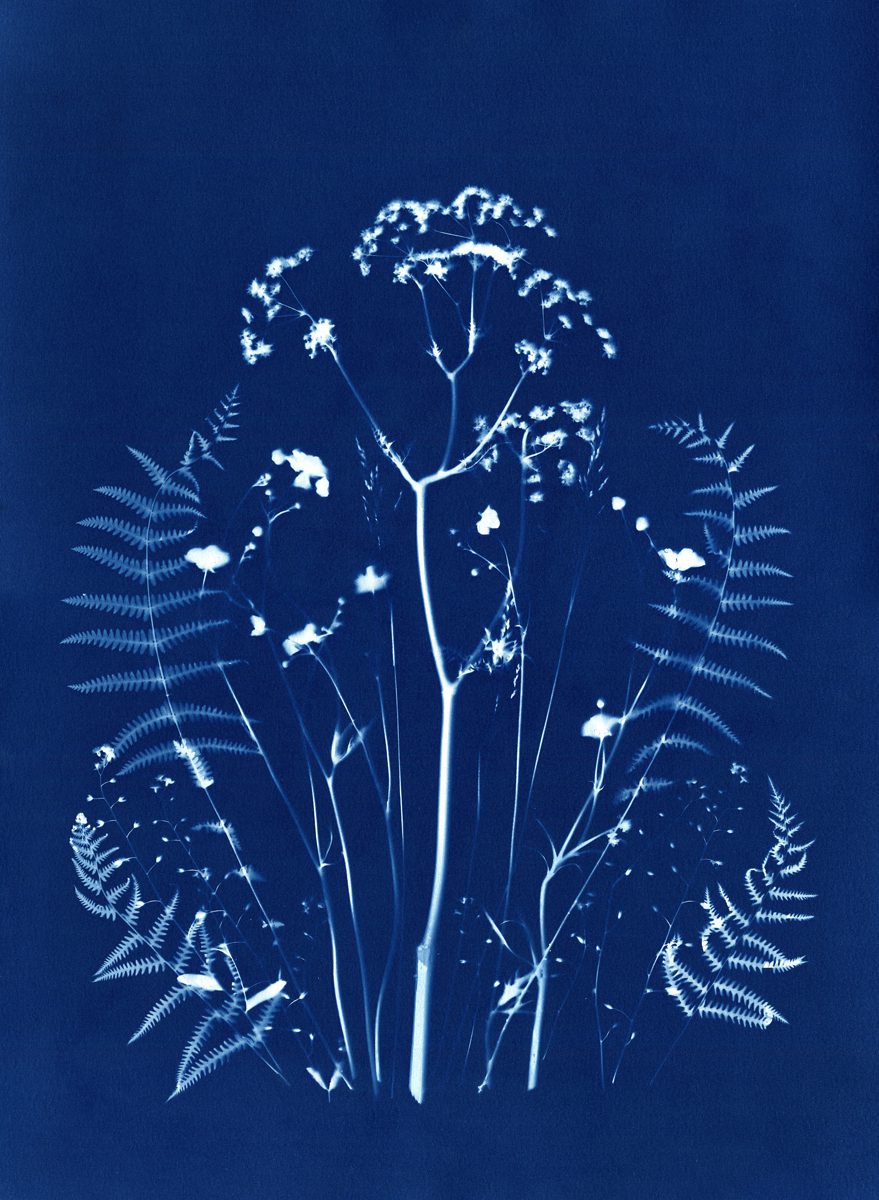
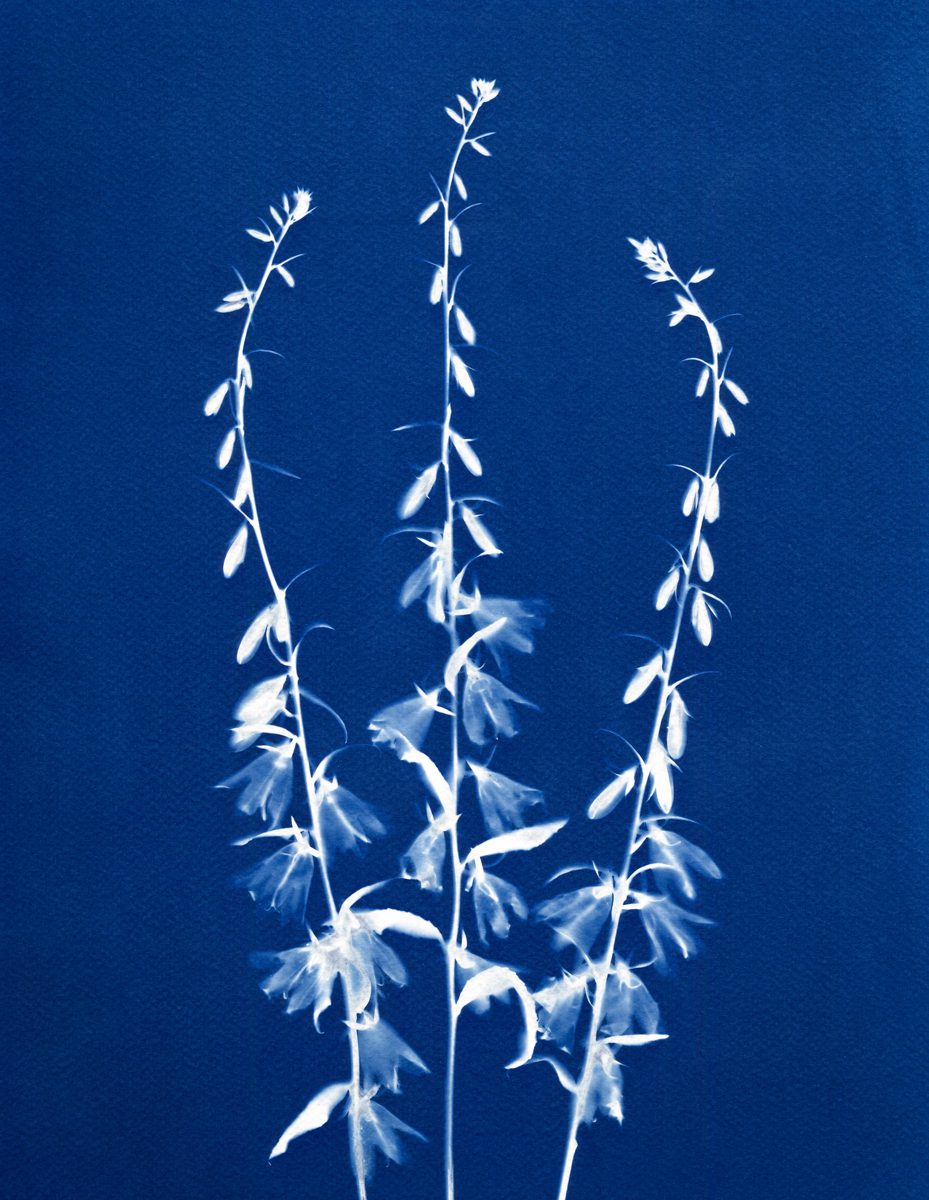
This Sums Up, Quite Perfectly
My work was recently commissioned for a solo show and was on display for 3 months on the top floor of a circular gallery space, with far reaching views of the countryside. The perfect place to display my nature inspired work, surrounded by the very subject that provided the inspiration. One visitor to the exhibit described the exhibit as 'like seeing into the very soul of the plants' and another ‘your work makes me feel so calm and focused’. This sums up, quite perfectly, what I set out to achieve!
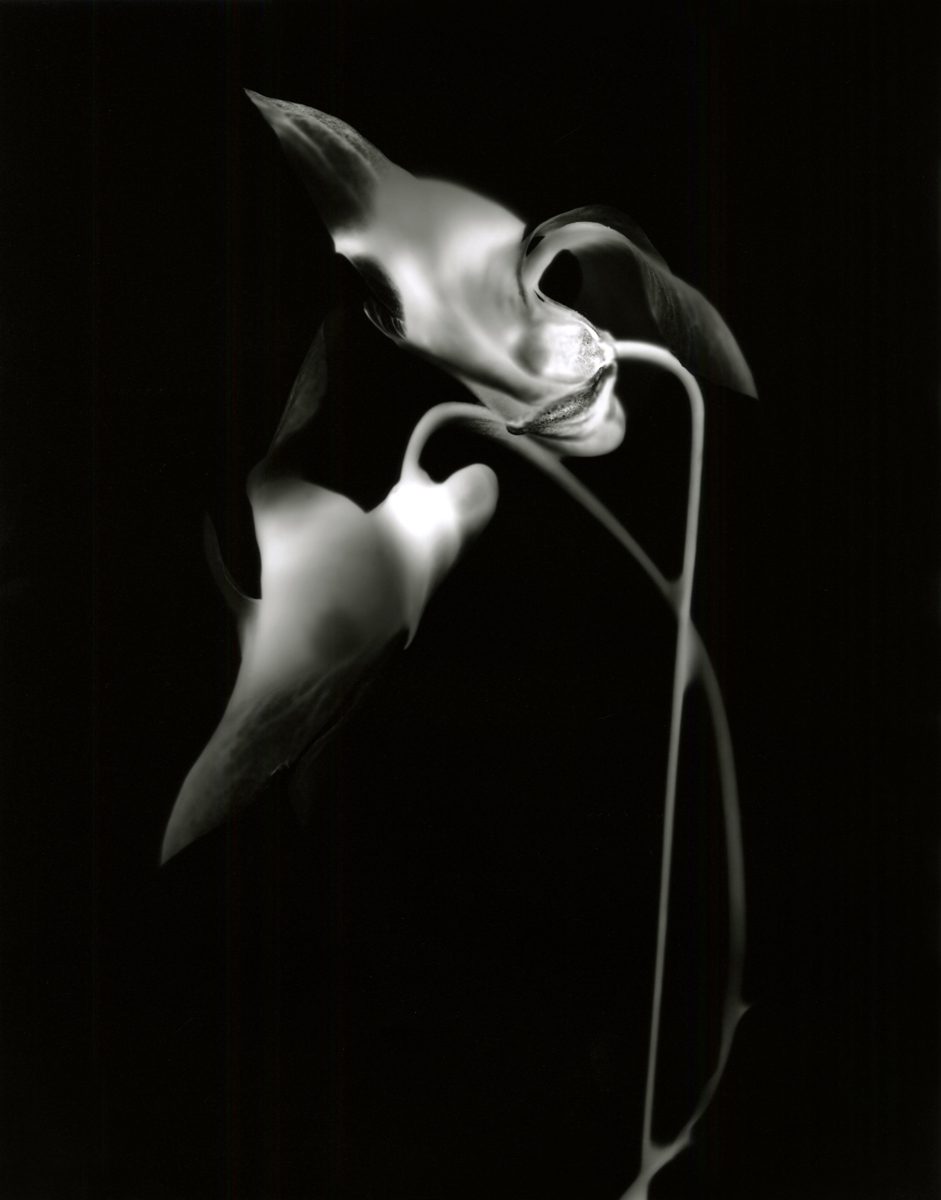
Images ©Jo Thomson
About The Author

Jo Thomson
Jo Thomson (b1974) is a director of brand design studio, Believe in, and also a photographer, artist & workshop facilitator, living with her family, in a forested property in Mono, Canada. Jo specialised in photography on an Art Foundation Course in Exeter and later gained a BA Hons Degree in Photography from the London College of Printing (LCA), following a career as a freelance studio and location photographer for editorial magazines, book publishers and commercial clients.
Her recent exhibit ‘Rooted in Nature’, featuring camera less work with alternative photography processes, was on show in 2023, in the Silo Gallery at the Museum of Dufferin. Jo will be exhibiting in a second solo show ‘Plantopia: A glimpse into the essence of plants’ during the Spring of 2024, at Shelburne Town Art Gallery. Her artworks are also enjoyed in the homes of many private collectors and supporters. Through her work, Jo seeks to explore themes of simplicity, beauty and a sense of calm, encouraging her viewer to take time to appreciate the details of nature and the environment.
For more of Jo’s camera less work, follow:







